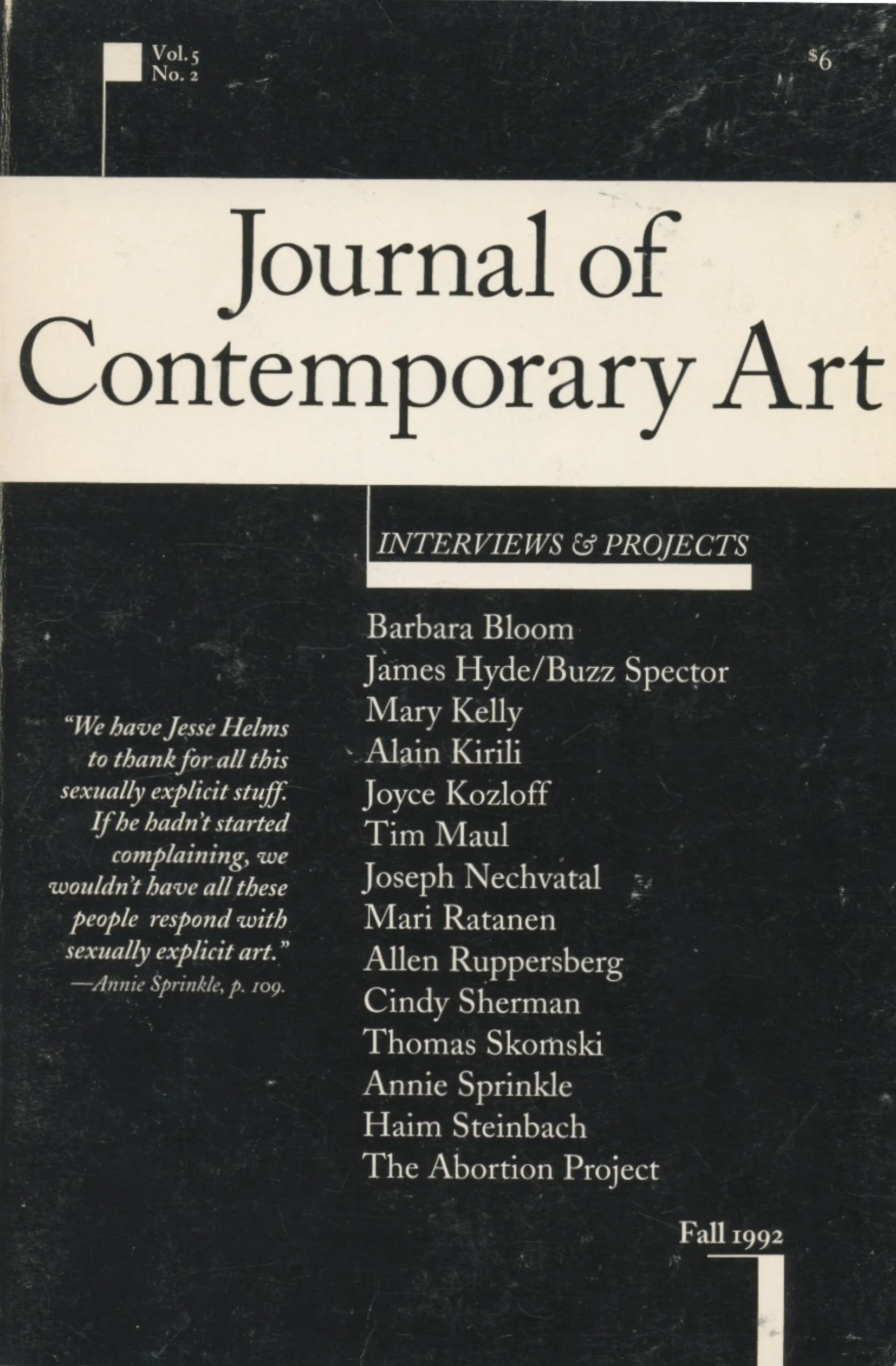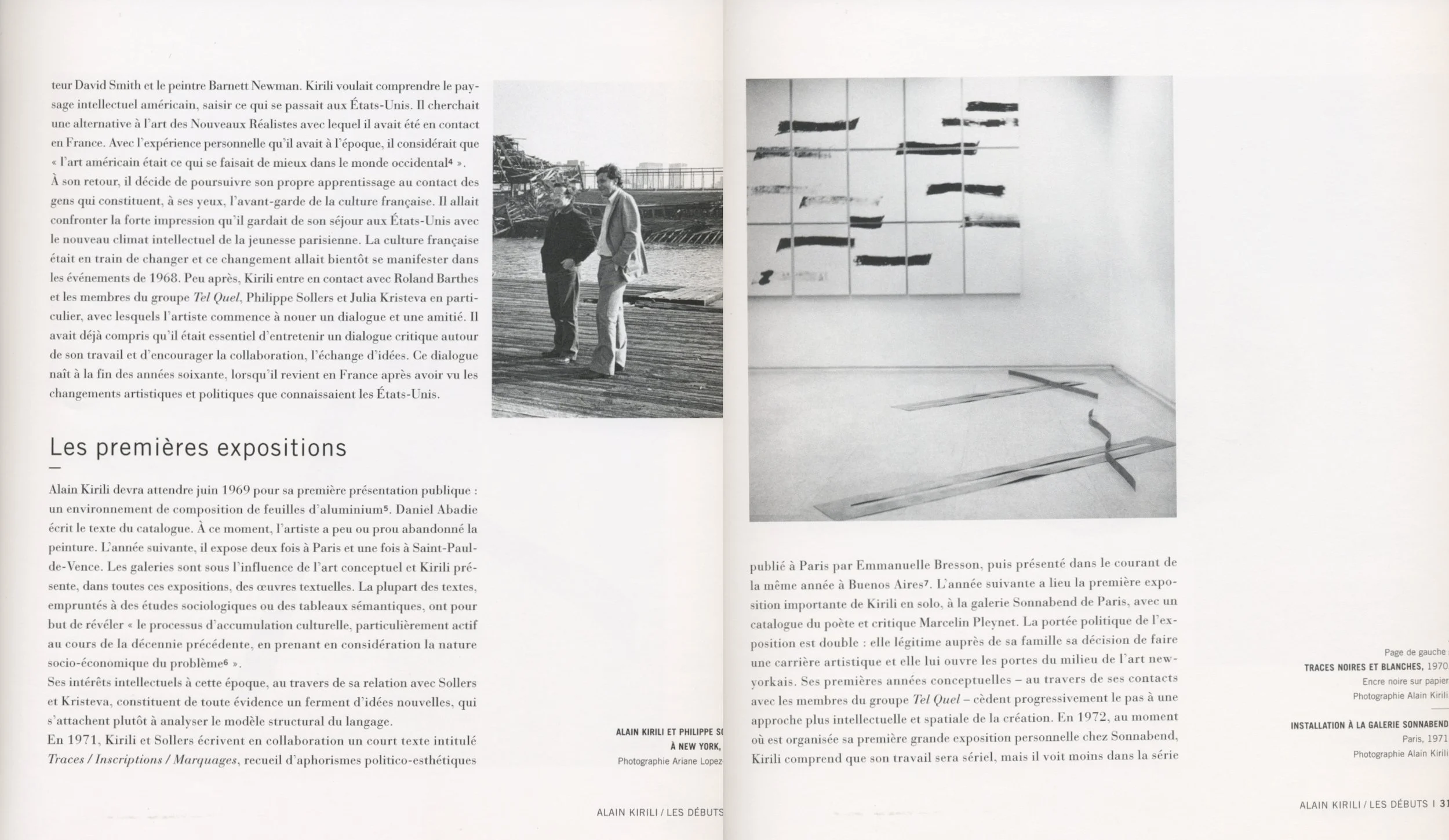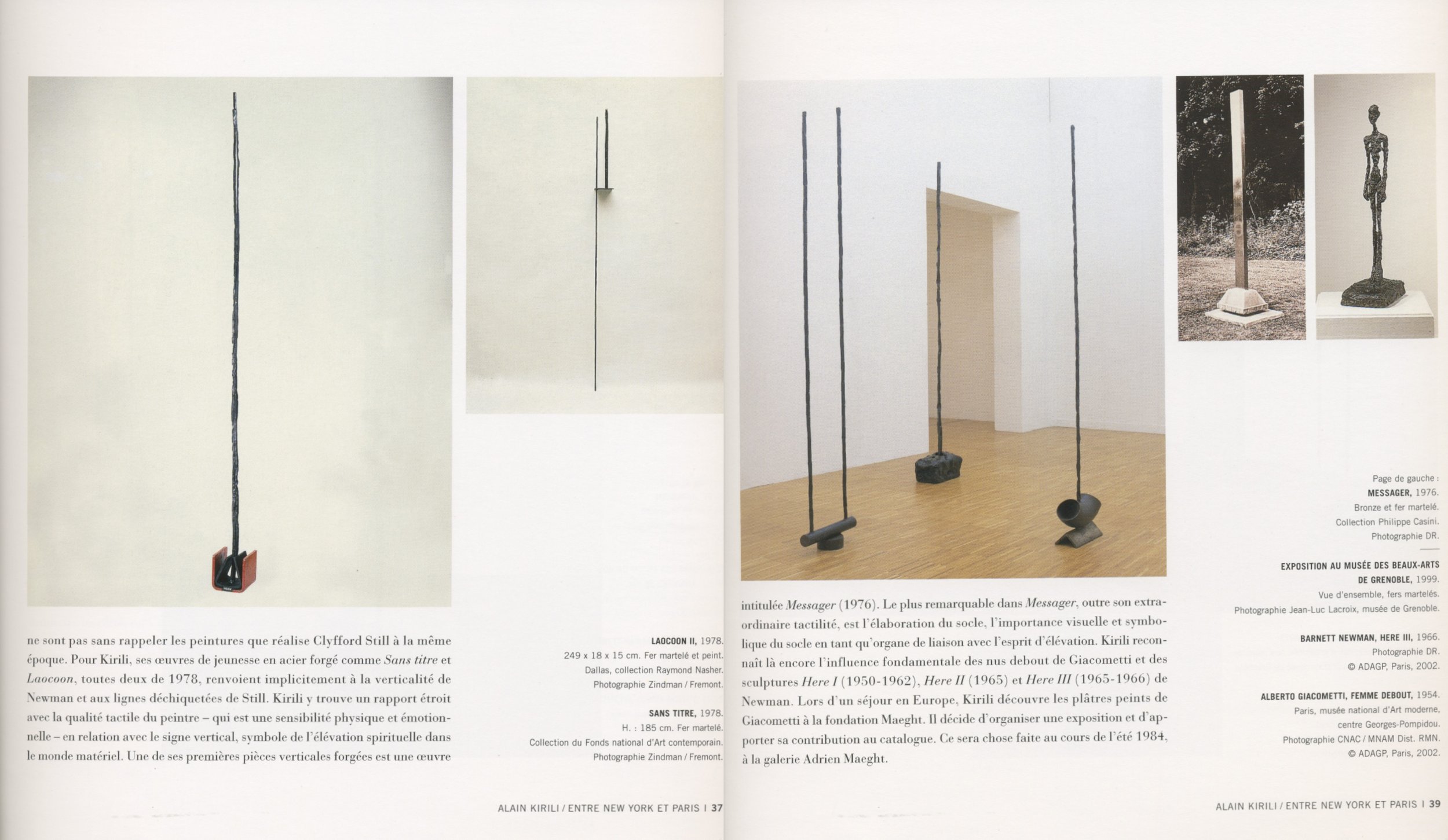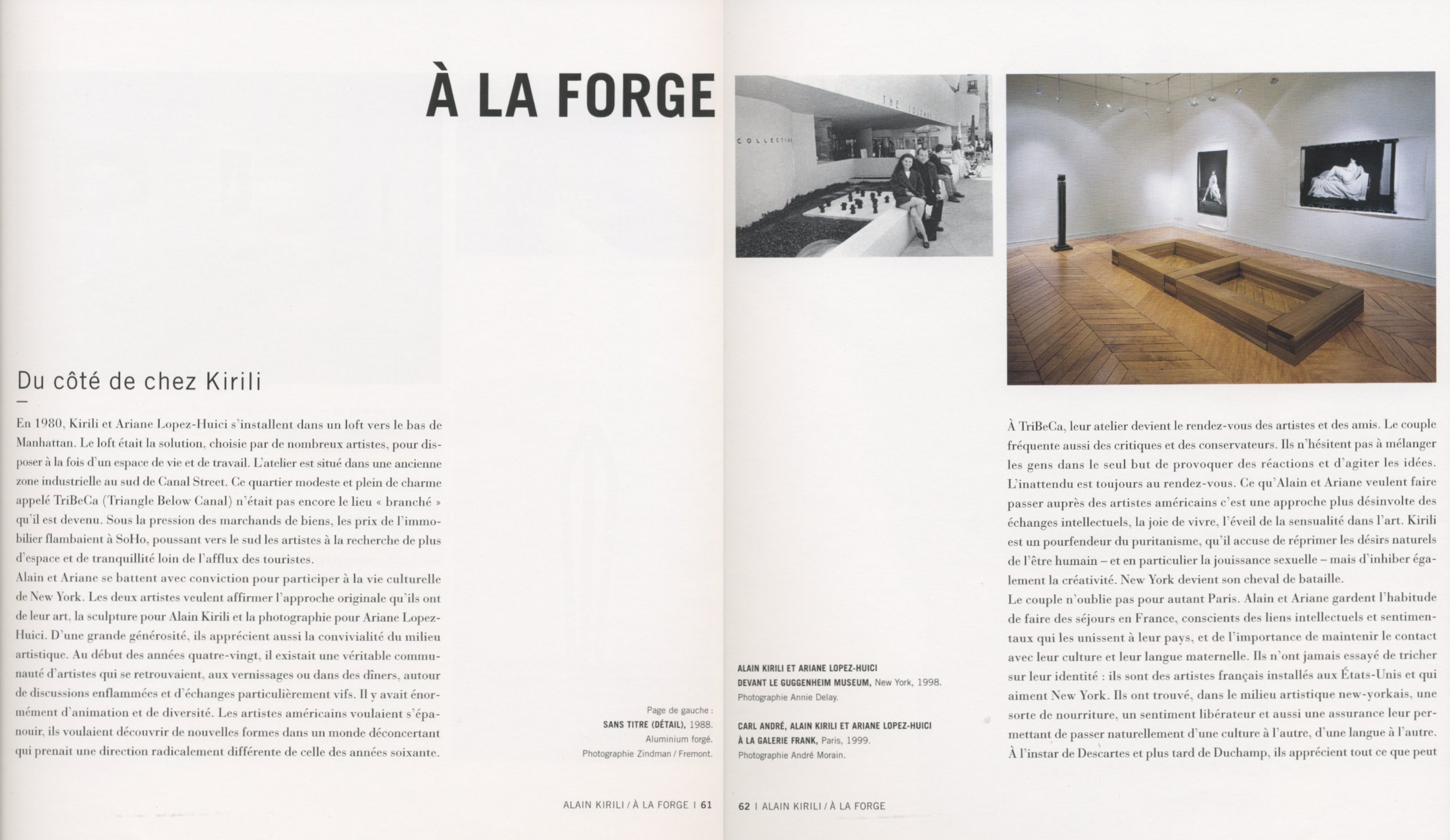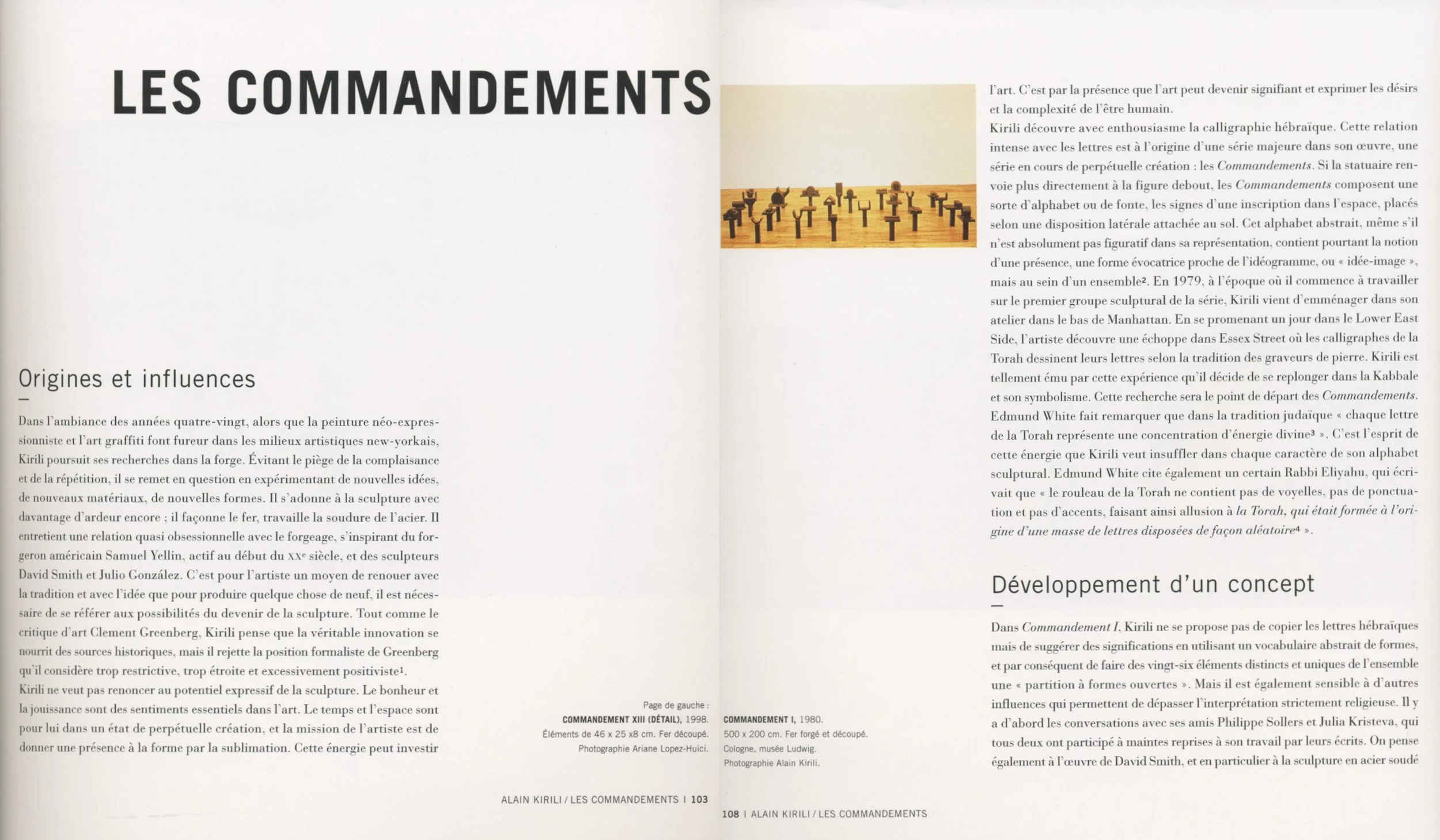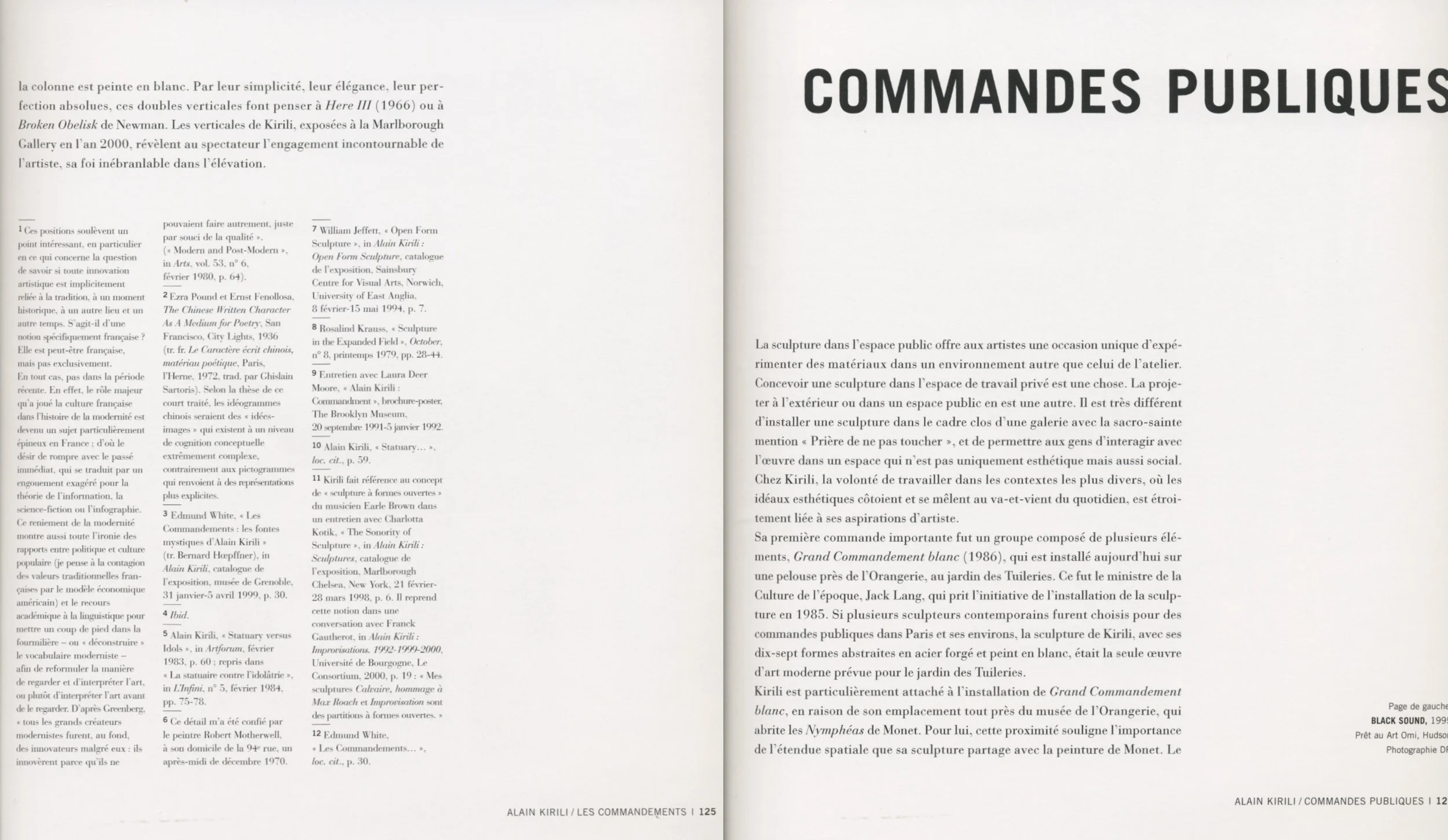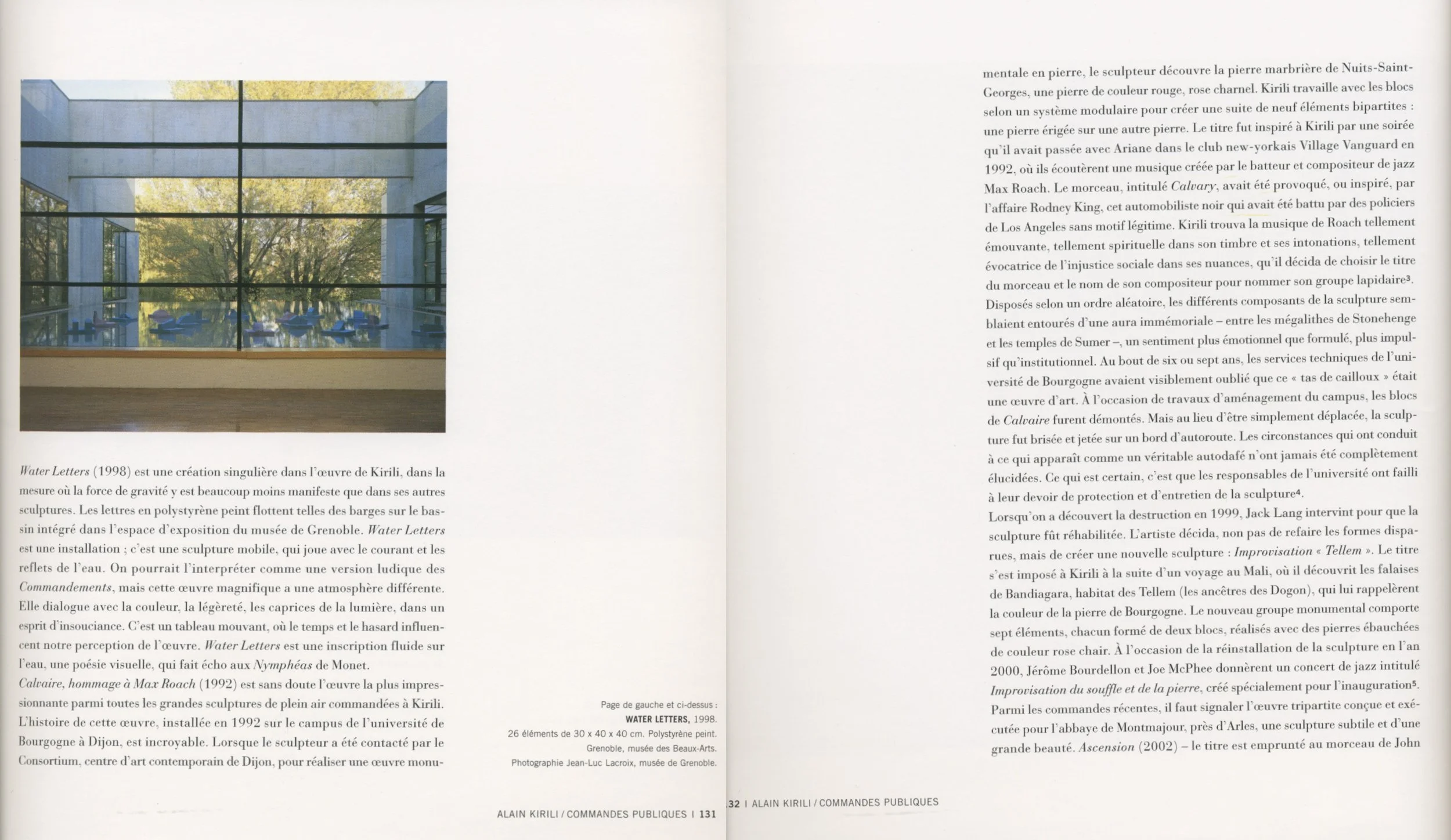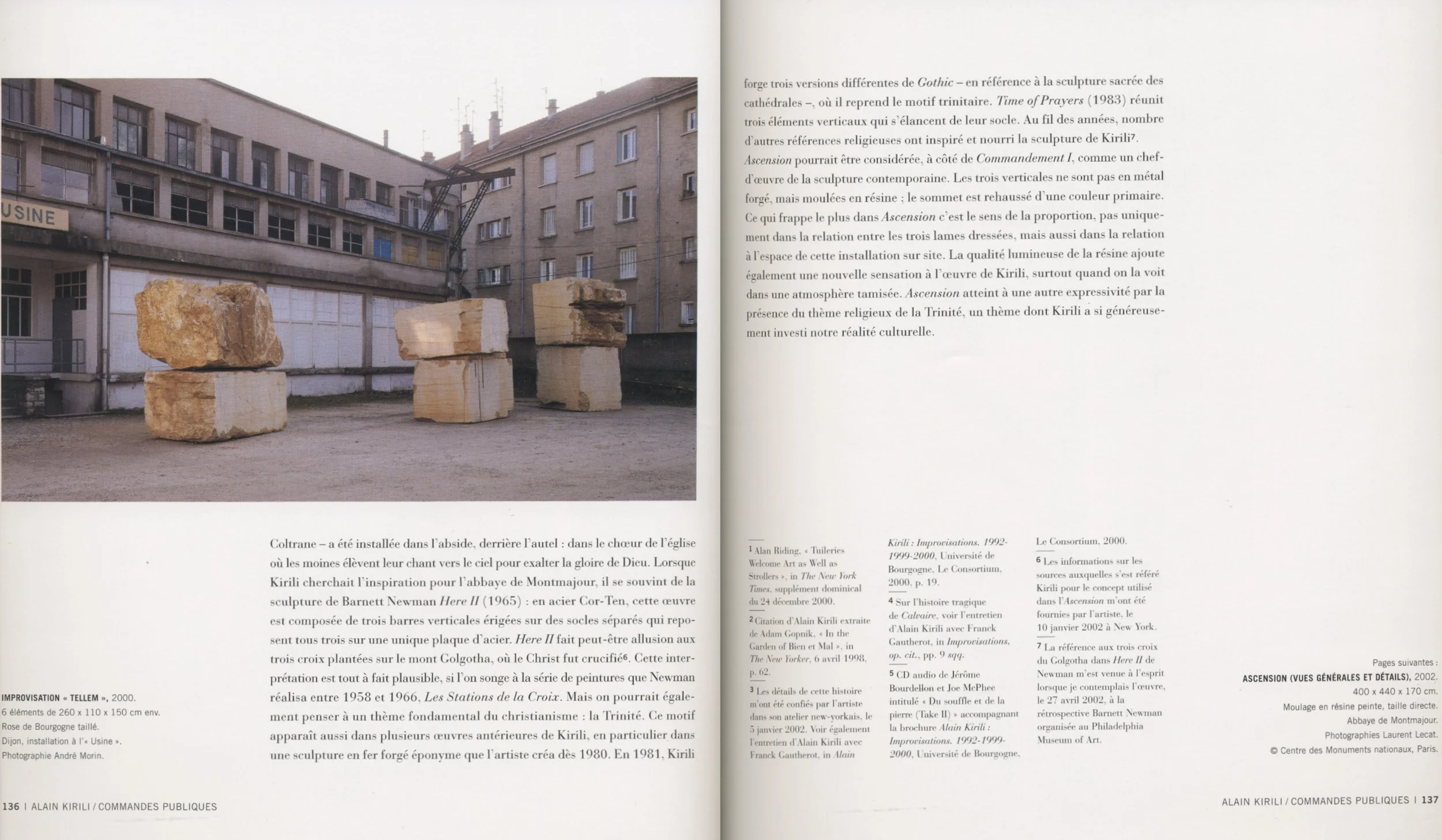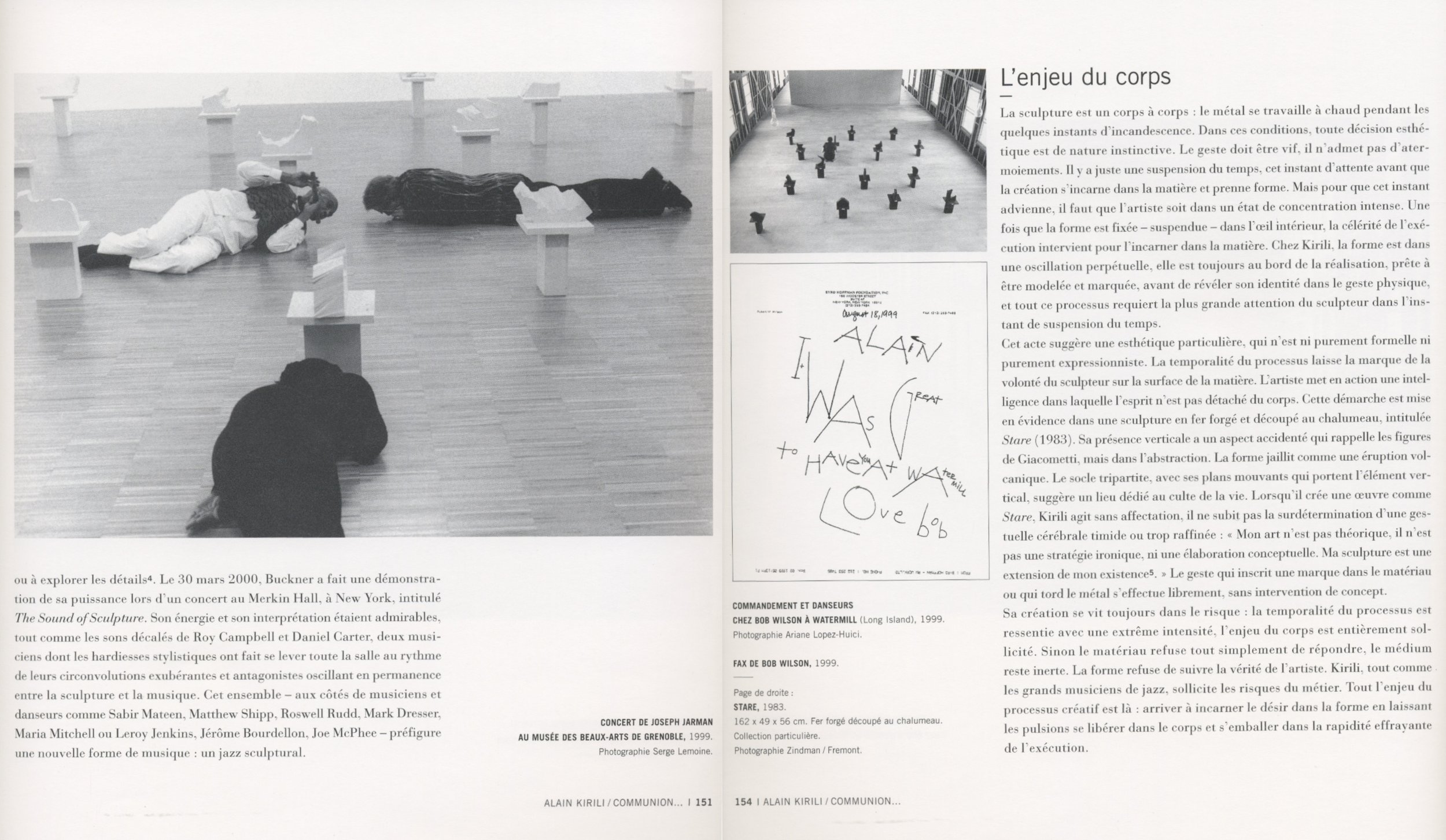Kirili in Dialogue with
Robert C. Morgan
Robert C. Morgan, 2000
(Photo © Sebastian Piras )
A conversation between
Alain Kirili & Robert C. Morgan
published in the Journal Of Contemporary Art, Vol 5 N2, Fall 1992
Alain Kirili, painted plaster and terracotta, installation at the studio , 1987
Alain Kirili
a monography by Robert C. Morgan
Traduit de l'anglais par Divina Cabo, ouvrage publié en coédition avec le Centre national des Arts plastiques, Collection la Création Contemporaine, Editions Flammarion, Paris, 2002
In conversation
Alain Kirili with Robert C. Morgan
On the occasion of the current exhibit The Drawing Show: Lines in Charcoal, Ink, Watercolor, Galvanized Iron and Black Rubber (January 3 – June 30, 2012), the sculptor Alain Kirili and Contributing Editor Robert Morgan paid a visit to the Rail’s headquarters to talk about his life and work.
published in The Brooklyn Rail , May 2012
A Tribute to Alain Kirili
a Brooklyn Rail online panel discussion
moderated by Phong H. Bui
featuring Leena Conquest, Francis Greenburger, Maria Mitchell, Robert C. Morgan, Carter Ratcliff, Dorothea Rockburne, Rebecca Smith, Henry Threadgill and more, concluded with a poetry reading by Vincent Katz, October 2021
”A Tribute to Alain Kirili”, a Brooklyn Rail online panel discussion moderated by Phong H. Bui,
featuring Leena Conquest, Francis Greenburger, Maria Mitchell, Robert C. Morgan, Carter Ratcliff, Dorothea Rockburne, Rebecca Smith, Henry Threadgill and more, concluded with a poetry reading by Vincent Katz, October 2021
To Discover Alain Kirili:
Words given to the Artist
by Robert C. Morgan
published in A Tribute to Alain Kirili, edited by Robert C. Morgan and Carter Ratcliff, in The Brooklyn Rail, November 2021

